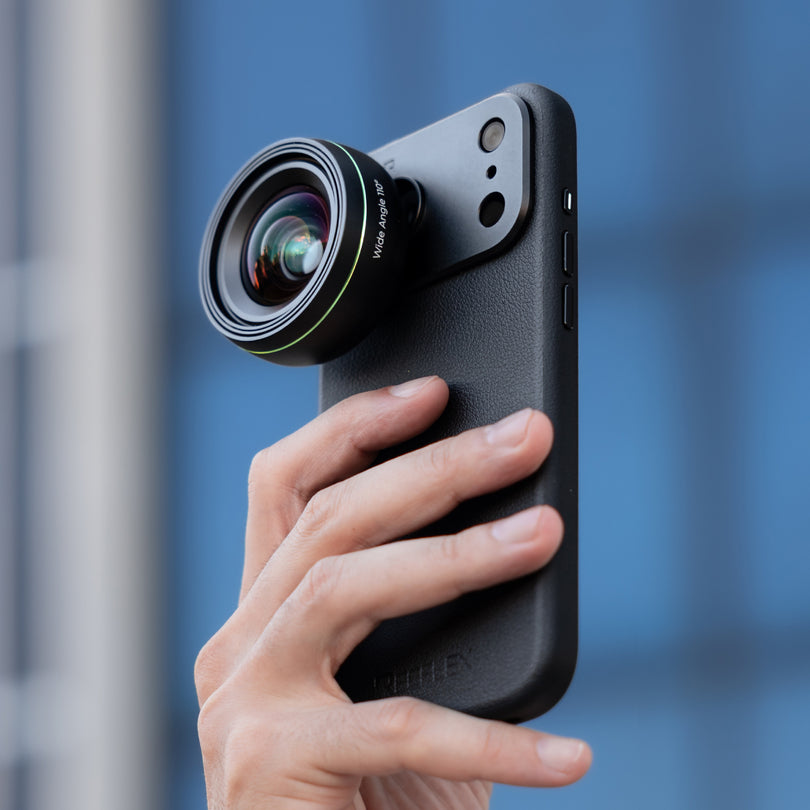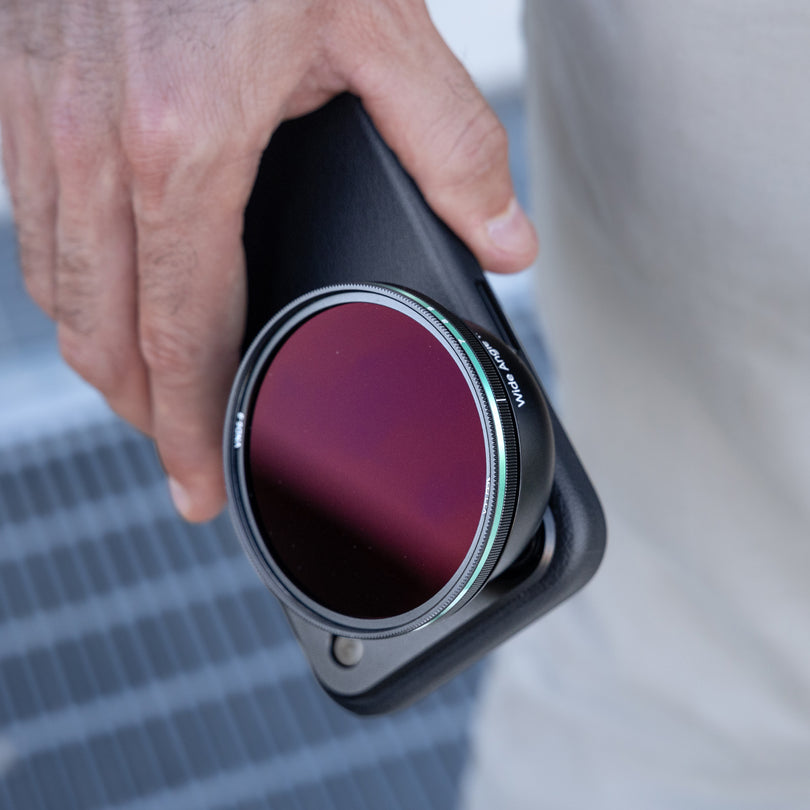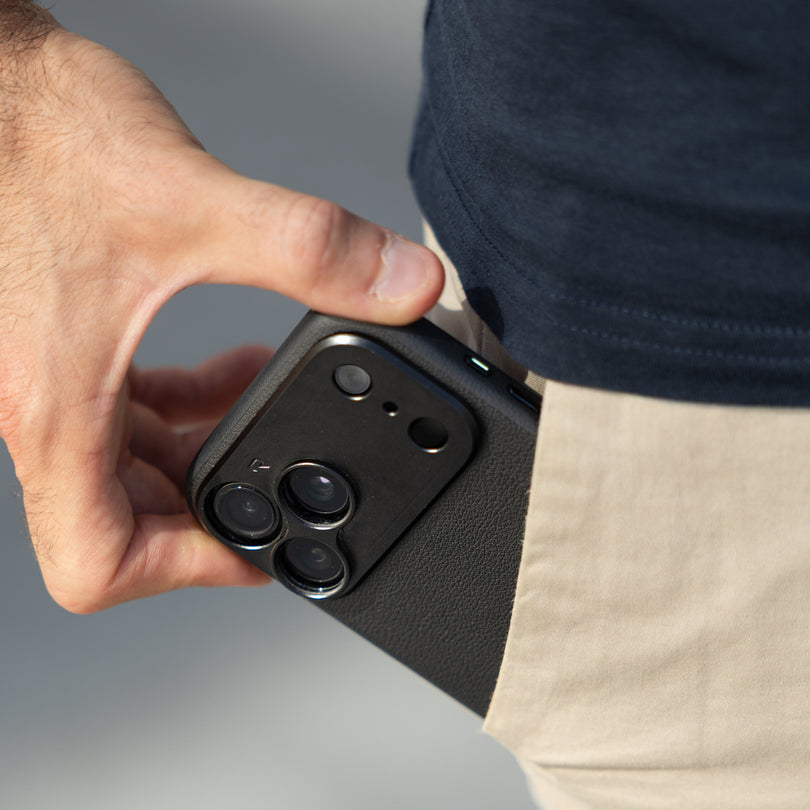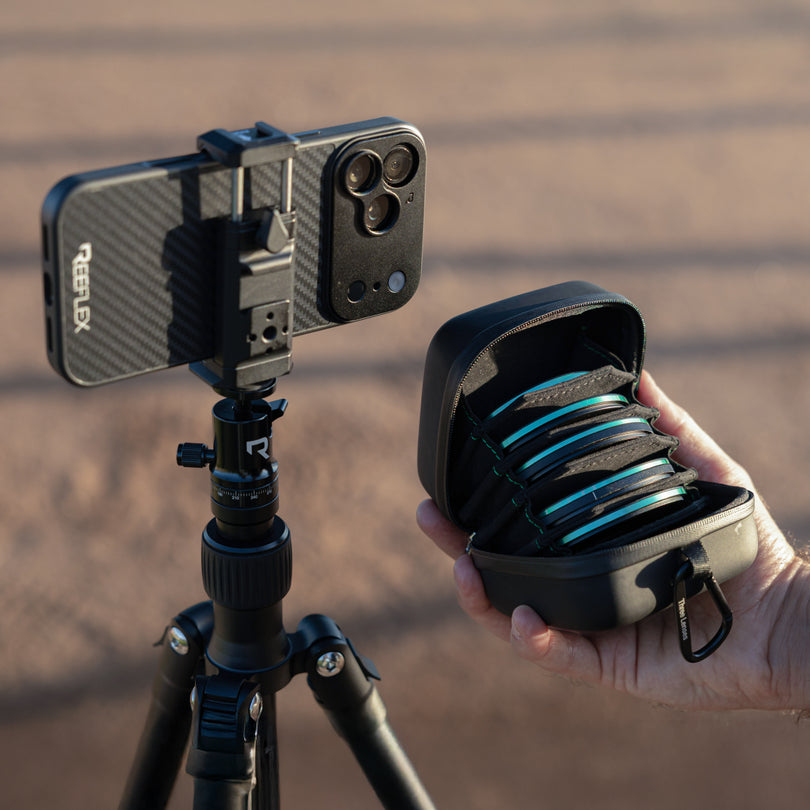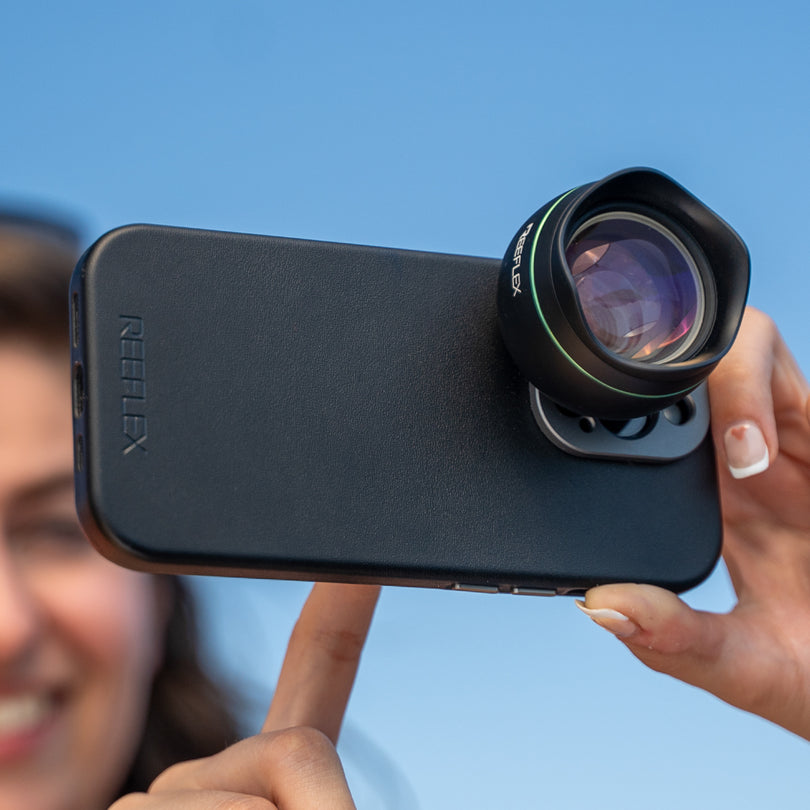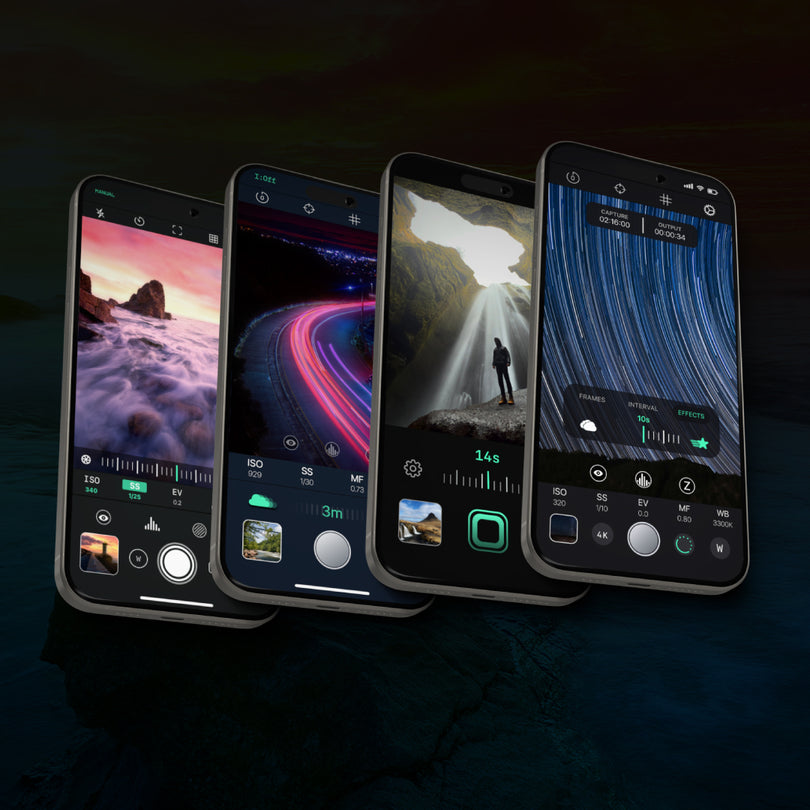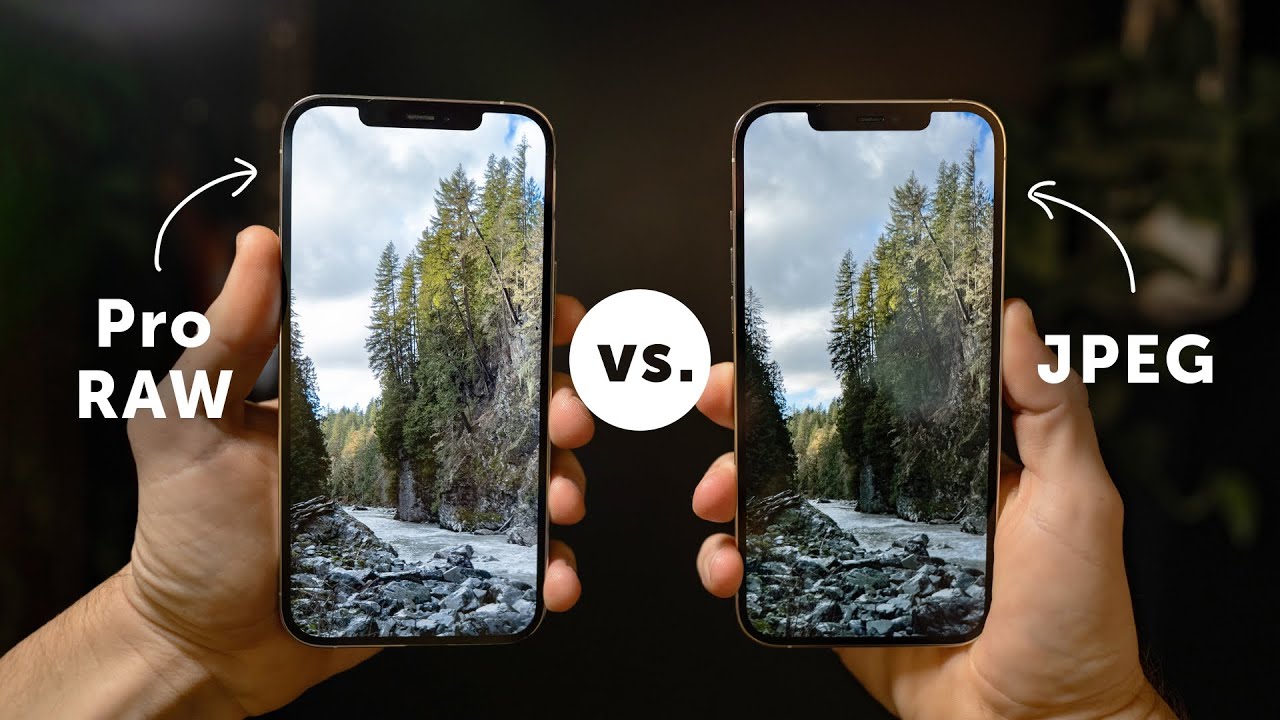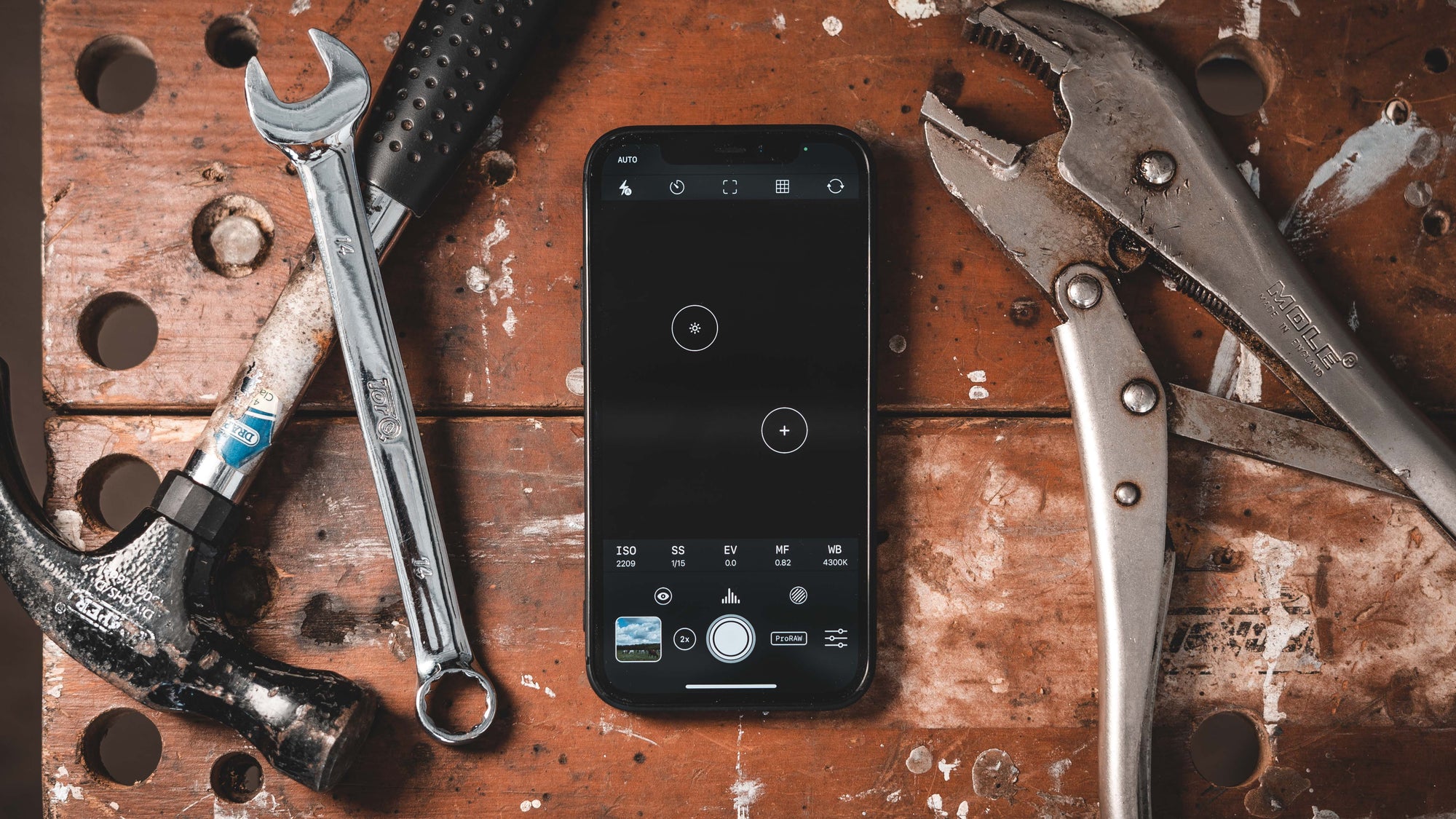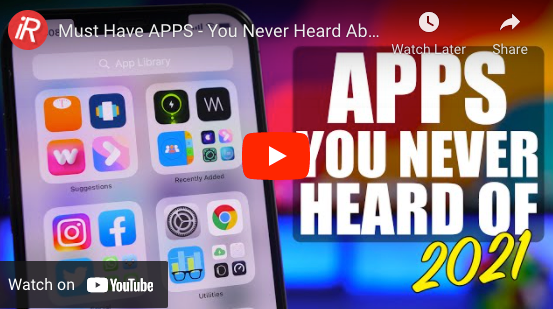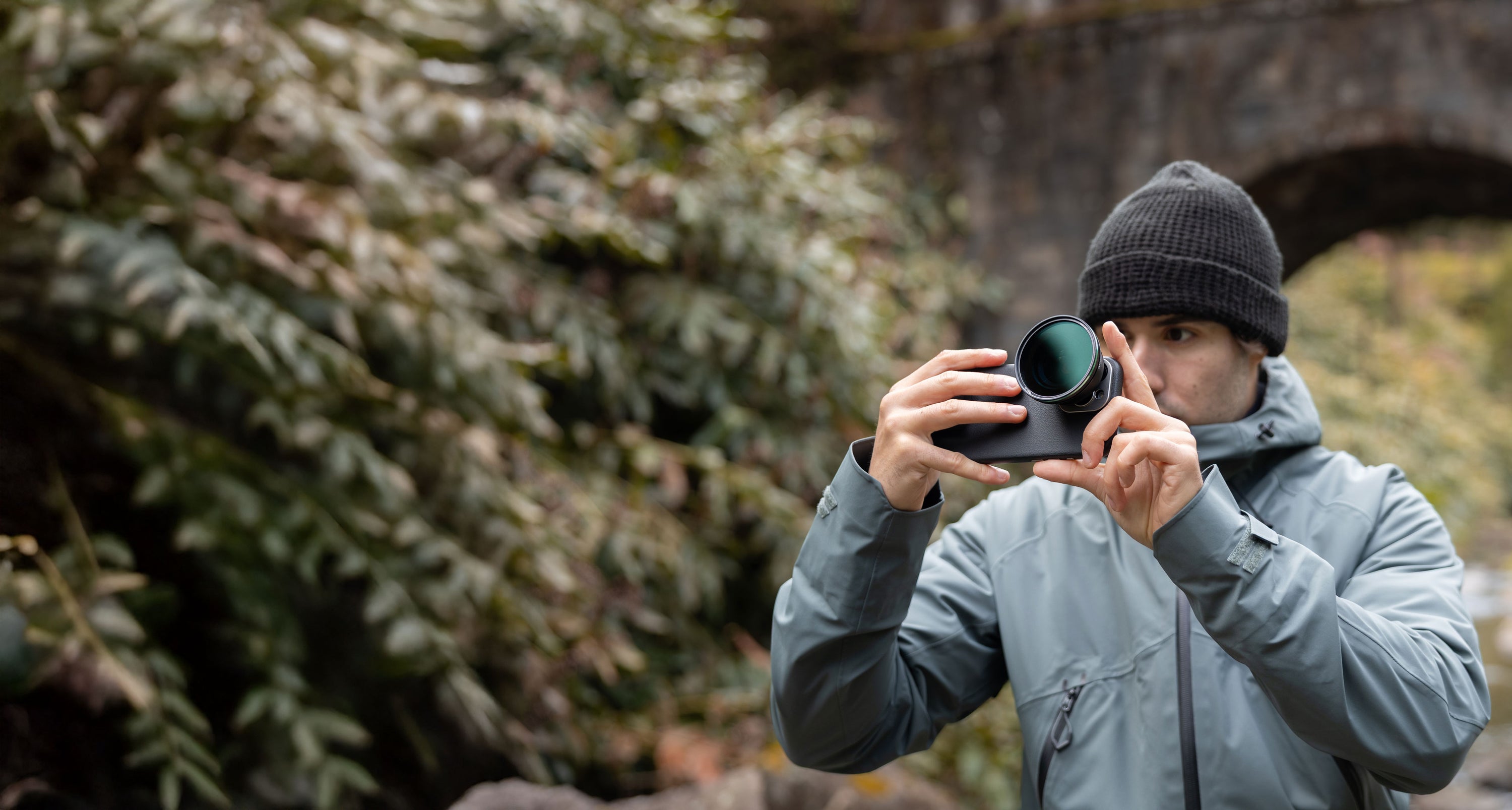Apple's iPhone 12 Pro Max has already proven itself to pack one of the best cameras it's possible to get on a phone. The addition of ProwRAW takes it further and makes this phone camera an even bigger rival to professional DSLRs.
The ProRaw format, which was launched in iOS 14.3, allows you to achieve impressive results and work with images exactly as you would with images from a DSLR camera.
ProRaw is Apple's version of the raw files that pros typically use on DSLRs. They're called raw because unlike JPEG images they don't save information about color, sharpening or other effects applied by the camera. They usually result in a more natural base image to post-process in software such as Adobe Lightroom or Photoshop.
ProRaw works in much the same way, but unlike DNG raw files you can take in third-party apps, ProRaw makes use of Apple's computational photography for deep fusion HDR. The result is a better-looking base image that still gives a lot more flexibility for editing than you'd get with JPEG images.
On paper, it's the perfect compromise, and in practice it's proven to be so for many of the images you would be capturing.

RAW formats
To explain why you might sometimes want to use Apple ProRaw, it's helpful to answer the broader question – why do we have different photography formats?
While it can seem unnecessarily complicated, having choices with image formats can be very helpful.
You've probably already heard of the raw photo format. This sits towards the 'pro' end of the photo format spectrum, because these files are almost completely unprocessed. The downside is their size and complexity, but the considerable benefit is the amount of editing freedom they give you.
With a raw photo, you can completely change the photo's white balance, exposure, tones and color after the fact, and without degrading the image quality.
In this sense, they're the opposite of JPEG and HEIF files, which are the ready-processed, "microwave meals" of photo formats. They're fast and convenient, but also discard important photographic goodness that you can no longer recover after you've hit the shutter.
So where does Apple ProRaw fit into all of this? In short, it's here to offer people who've previously been put off by raw a simpler, halfway house between the two options – or, as Apple naturally put it, "the best of both worlds". And the reason why Apple needs a new format is because, until now, cameras simply haven't taken photos in the same way as phones like the iPhone 12 Pro.
Manual without the labor
The problem that Apple ProRaw is trying to solve is that, on the latest iPhones, the raw format hasn't really fully satisfied either beginner or pro photographers. This is probably why Apple has never included a raw mode in its default Camera app, instead leaving third-party apps to offer it instead - as Reeflex Camera does as well.
For beginners, shooting in raw can sometimes be unsatisfying, because the results often look underwhelming compared to a processed shot. And, until now, shooting in raw has also meant keen photographers have missed out on some of the clever multi-frame processing from Apple's Deep Fusion tech.
Sure, they could happily tweak the exposure and tones of a raw photo to get a great result, but what if the starting point could be images that benefit from all the smart processing offered by today's computational photography? With several frames already smartly merged and with noise reduction applied, it would be like getting an instant helping hand from a pro editor, while retaining the malleability of raw files.
This is where Apple ProRaw fits in. As Alok Deshpande, Apple's Senior Manager of Camera Software Engineering, explained, ProRaw "provides many of the benefits of our multi-frame image processing and computational photography, like Deep Fusion and Smart HDR, and combines them with the depth and flexibility of a raw format".
He then went into a little more detail about how this is done, adding: "In order to achieve this, we constructed a new pipeline that takes components of the processing we do in our CPU, GPU, ISP and neural engine, and combines them into a new deep image file, computed at the time of capture, without any shutter delay. And we do this for all four cameras, dynamically adapting for various scenes while maintaining our intuitive camera experience."
That final comment is really the key to understanding why ProRaw could become a popular new format, at least among iPhone 12 Pro users. Rather than baffling you with a grid of sliders and confusing terms like 'vibrance', ProRaw editing takes place directly in the Photos app. But it doesn't only live there.
The straight-out-of-camera ProRaw file doesn't always look great and likely will look a lot worse than the JPEG version. ProRaw files, just like raw files from a DSLR, will need work and processing before they look their best.
Because ProRaw uses the industry standard DNG file format, it's also compatible with editing apps like Adobe Lightroom, too. So if you find the editing options in the Apple Photos app a little too limiting, you should have extra editing options available elsewhere.

Should you use Apple ProRaw?
Whether you should use it yourself depends very much on the style of your photography. If you're more about snapping and quickly sharing those moments with family and friends, then you should probably stick to JPEG. ProRaw shots demand editing work to bring out their best, just like any other raw file. Bear in mind too that ProRaw files are many times larger than JPEGs (around 3.5MB for the JPEG versus around 18MB for the ProRaw) so you'll quickly fill up your storage if you only shoot in raw.
But if you take a more artistic approach to your photography and want to make sure you have full control over the image for accurate post production in apps like Lightroom, then you should absolutely give it a try.

